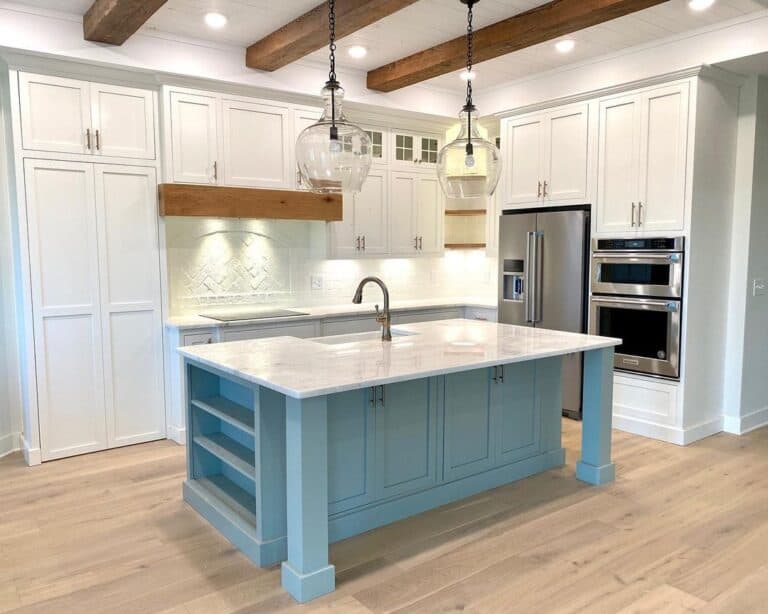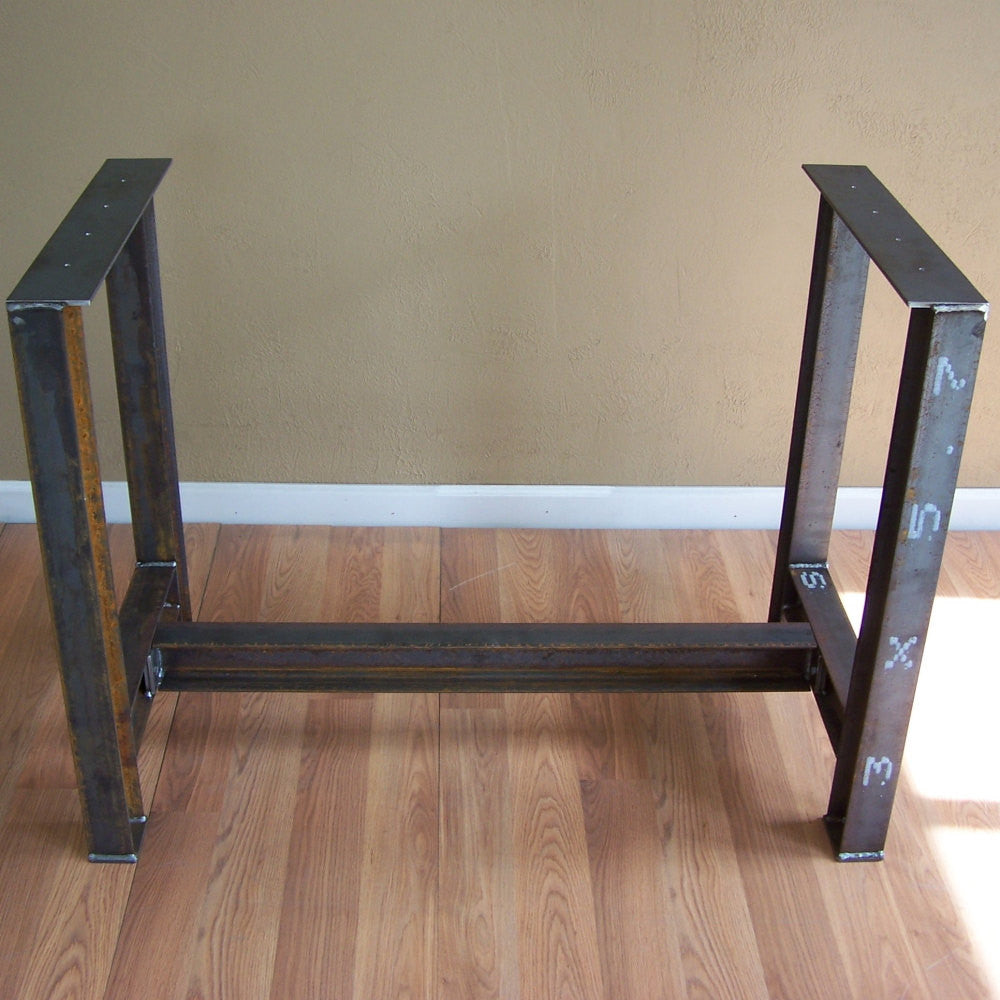Attain an Advanced Appearance Making Use Of Ornate Legs For Kitchen Island Styles
Attain an Advanced Appearance Making Use Of Ornate Legs For Kitchen Island Styles
Blog Article
Key Factors To Consider for Finding the very best Legs For Kitchen Island for Your Design
When picking the ideal legs for your cooking area island, several essential factors to consider enter play that can considerably impact both capability and looks. The option of product, height, and design need to straighten with your general kitchen layout to make sure a harmonious appearance. Furthermore, security and maintenance needs are vital for long-lasting usage and simplicity of care. Understanding these variables can enhance your cooking area's functionality and aesthetic allure, yet the subtleties of each consideration can commonly be ignored. What effects might these options carry your cooking area's total atmosphere?
Determine Your Style Preference
Establishing your design preference is critical when selecting the suitable legs for your cooking area island. The legs of your kitchen island not just offer a useful purpose but likewise contribute dramatically to the overall aesthetic of the space. Recognizing your design style-- be it contemporary, rustic, typical, or commercial-- is important.
For a contemporary cooking area, take into consideration streamlined, minimalistic legs that enhance open areas and clean lines. On the other hand, a rustic setting might profit from even more robust, farmhouse-style legs constructed from reclaimed products. Typical cooking areas usually prefer transformed or ornate legs, which can include a touch of style and class. At the same time, a commercial aesthetic could ask for steel legs that emphasize a raw, unfinished appearance.
Furthermore, take into consideration the height and percentage of the legs in relationship to the island's surface. Eventually, your design choice will certainly influence not only the option of legs yet also the overall harmony of your kitchen area's layout.
Choose the Right Material
Choosing the ideal product for your cooking area island legs is pivotal in making sure both resilience and aesthetic charm. Different materials use distinctive advantages, and the selection frequently shows your layout choices and useful requirements.
Wood is a popular choice, supplying heat and convenience. It can be tarnished or painted to match your kitchen decor, making it adaptable to numerous styles, from rustic to contemporary. Wood might call for normal upkeep to protect its appearance and stability.

If you seek an one-of-a-kind touch, think about acrylic or glass products. They can create an impression of space and agility in your kitchen, making them an exceptional choice for smaller locations - Legs For Kitchen Island. Nevertheless, these alternatives might require mindful handling and upkeep to avoid scrapes.
Inevitably, the product you choose ought to straighten with your cooking area's overall style, making certain that the legs serve both decorative and practical functions.
Take Into Consideration Height and Proportions
When creating a cooking area island, elevation and percentages play an essential role in guaranteeing functionality and convenience,. The basic elevation for a cooking area island typically ranges from 36 to 42 inches, aligning with standard counter heights or bar elevations, respectively. This measurement is crucial for harmonizing with bordering stools and countertops, allowing simplicity of use during meal preparation and social interactions.
Additionally, the island's percentages have to enhance the general kitchen layout. A well-proportioned island ought to not overwhelm the room; instead, it must produce a balanced visual. Think about the proportion in investigate this site between the island's size and length, ensuring it gives ample surface without crowding the cooking area. A basic guideline is to maintain a size of 24 to 48 inches, assisting in activity and access.
Moreover, the elevation of the legs or base can influence the aesthetic appeal and capability. Taller legs may offer a much more contemporary, ventilated feel, while much shorter ones can evoke a traditional, grounded look. Eventually, carefully taking into consideration height and percentages will result in a kitchen island that is both functionally reliable and visually enticing, enhancing the overall style of the room.
Assess Stability and Durability
A kitchen area island's legs must not only complement its elevation and percentages but additionally provide appropriate security and resilience to support everyday tasks. The legs are vital to the total functionality of the island, as they bear the weight of the counter top and any type of added loads, such as home appliances or cooking tasks.
When assessing stability, it is crucial to think about the leg layout and material. Sturdy metal or strong wood legs usually offer exceptional toughness compared to lighter materials like engineered wood or plastic. Additionally, a larger base can improve stability, reducing the risk of wobbling or tipping during use.
Resilience is equally essential; the legs should resist wear and tear from everyday use. Consider coatings that shield against scratches, dents, and dampness, specifically in a cooking area setting. Assess the high quality of building and construction, such as fastenings and joints, which can dramatically influence the legs' lasting performance.
Ultimately, purchasing well-crafted legs that focus on security and toughness will ensure your cooking area island stays a trustworthy office for many years to find, improving your culinary experiences while keeping aesthetic allure.
Aspect in Maintenance and Care
Upkeep and treatment are crucial factors to consider for making sure the longevity and efficiency of kitchen area island legs. When picking legs, it is important to examine the products used, as different alternatives call for varying degrees of upkeep. For example, wooden legs might need routine refinishing or sealing to stop wetness damages and scratches, while steel legs may require normal polishing to maintain their sparkle and avoid corrosion.
Moreover, the surface put on the legs can affect upkeep needs. A high-gloss finish might be simpler to tidy yet could show fingerprints and scrapes quicker than a matte coating. It is recommended to pick materials and surfaces that match your way of living; for example, if you frequently hold events, opt for long lasting products that can hold up moved here against wear and tear.
Furthermore, think about the cleansing procedure involved in preserving these legs. Smooth surfaces commonly call for marginal click here for info initiative, while detailed layouts may collect dirt and gunk, demanding even more labor-intensive cleansing approaches. Legs For Kitchen Island. Inevitably, factoring in the maintenance and treatment needed for your picked cooking area island legs will certainly not just boost their aesthetic appeal but also guarantee their useful honesty with time
Verdict
In conclusion, selecting the optimal legs for a kitchen island demands mindful factor to consider of different aspects, consisting of layout style, material choice, height, maintenance, and stability. Each aspect plays a critical role in guaranteeing that the legs not only enhance the aesthetic appeal of the kitchen yet also supply the essential support and durability for day-to-day usage. A well-informed decision will inevitably add to a functional and aesthetically pleasing kitchen area environment.
The legs of your kitchen island not just offer a practical purpose yet also add substantially to the overall visual of the area.Upkeep and care are crucial factors to consider for guaranteeing the long life and performance of cooking area island legs. Wooden legs might need routine refinishing or sealing to protect against wetness damages and scratches, while steel legs might need routine brightening to preserve their sparkle and avoid corrosion.
Inevitably, factoring in the maintenance and treatment needed for your chosen cooking area island legs will not only boost their aesthetic charm yet also guarantee their useful integrity over time.

Report this page